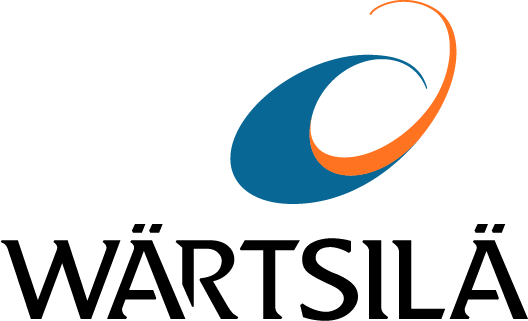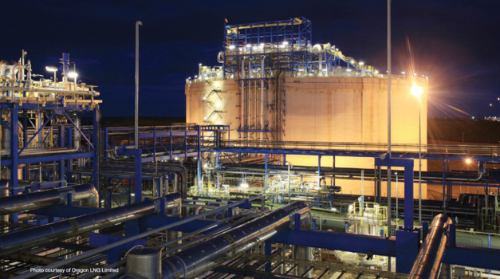

BOG reliquefaction system to Recover Energy; Reduce Emission; Optimize LNG Operations through smart engineering for efficiency compliance, and profitability
Wärtsilä is the global leader in LNG boil-off gas (BOG) reliquefaction technology, delivering energy-efficient solutions that set the standard for performance and reliability. With more than 50 systems in operation worldwide, we hold the largest installed base of BOG reliquefaction plants, both onshore and aboard LNG carriers.
Our systems are engineered for efficiency, safety and flexibility, ensuring robust performance in the most demanding environments. By working closely with our customers, we create tailored solutions that enhance fuel flexibility, optimize energy use, and support environmental goals in today's rapidly evolving LNG market.
Technical data
Controlling LNG tank pressure is essential for safe and efficient operations. Wärtsilä Gas Solutions' reliquefaction technology achieves this by converting boil-off gas (BOG) back into liquid form. At the heart of the process is a reversed nitrogen Brayton cycle - a closed-loop system that remove heat from the gas with exceptional efficiency. Our solutions are designed to handle 100% of BOG, giving operators complete control over their LNG inventory. Every system is custom-engineered to fit the required footprint and capacity making it ideal for onshore facilities such as LNG terminals.
Applications
LNG boil-off gas (BOG) reliquefaction is vital for onshore facilities such as LNG terminals and power plants, where LNG is stored for extended periods. By converting BOG back into liquid form, our systems maintain tank pressure, preserve fuel, and eliminate emissions from flaring. This ensures compliance with strict environmental regulations while delivering significant cost savings and operational efficiency.
Key benefits
Wärtsilä Gas Solutions' reliquefaction technology captures, compresses, and liquefies the boil-off gas, returning it to the LNG tanks for reuse instead of burning it. This process preserves energy that would otherwise be lost, turning potential waste into usable fuel. By maintaining LNG inventory and preventing emissions, operators not only improve sustainability but also unlock significant financial benefits through reduced fuel losses and optimized operations.
Wärtsilä Gas Solutions' delivers complete solutions across the gas value chain, offering:
- Cost Efficiency; Competitive CAPEX and optimized processes for low OPEX
- Scalability: From small scale with single train to medium scale with multiple trains for complex installations
- Proven reliability with an unmatched track record: Over 50 plants delivered worldwide, supported by Wärtsilä Gas Solutions' industry-leading expertise
As a life-cycle partner, we deliver added value through;
- Global Service Network: Comprehensive support wherever you operate
- Smart Digital Solutions: Advanced monitoring and optimization tools for peak performance, backed by 24/7 expert support
